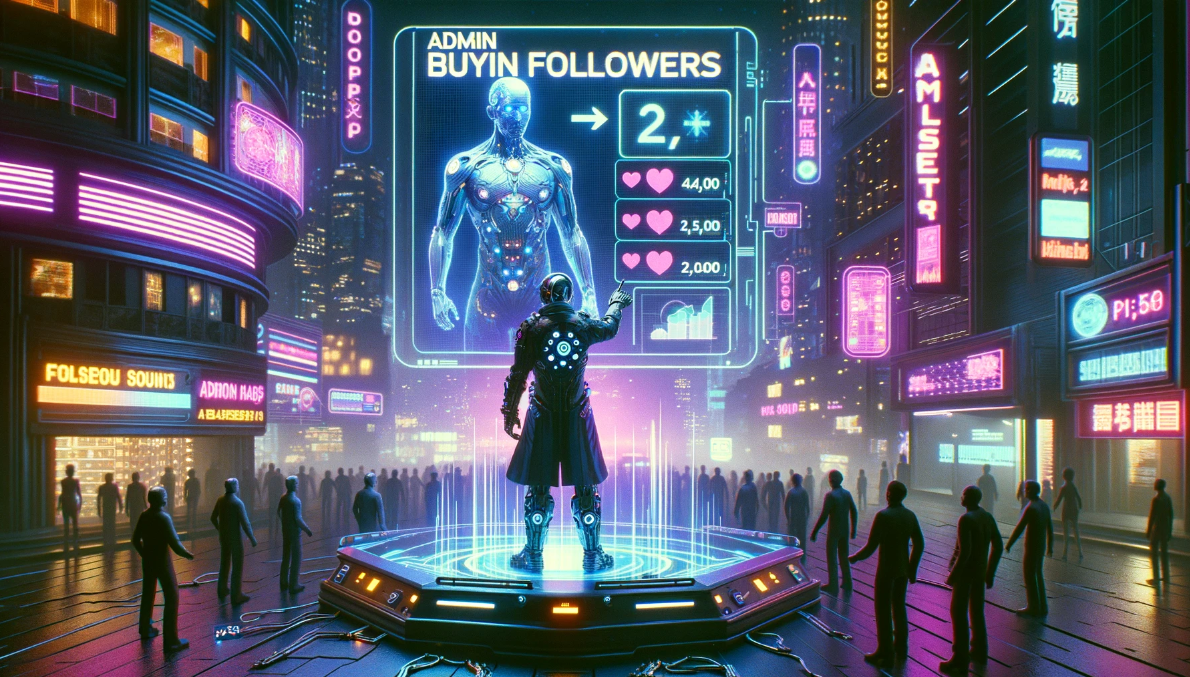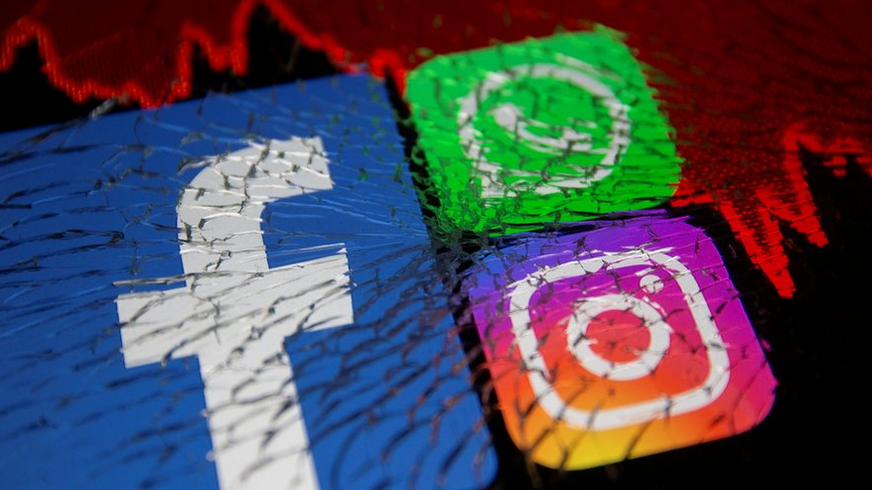
Marketing is evolving at a breakneck pace, a natural progression as the world operates at increased speeds and consumers demand quick, quality information without unnecessary fluff or long waits. Marketers must swiftly adapt to keep up with these demands. Cutting-edge technologies offer solutions that seemed impossible and fantastical just yesterday. For instance, today, video analytics can determine a visitor's mood upon entering a venue and which menu pages they browse, allowing real-time tailored suggestions. Beyond technical innovations, trends related to ethics and emotions are emerging.
Conversational Marketing and AI Interaction
In 2024, these tools will become crucial business elements. AI use is necessary for attracting customers and maintaining brand loyalty, driven by significant changes in consumer expectations. The days of waiting long for feedback are gone. Customers now expect ultra-fast responses and real-time problem-solving. Chatbots and virtual assistants attract clients, provide online responses, and encourage purchases.
AI integration opens new possibilities in personalization, predictive analytics, and content generation. Marketers can more accurately forecast trends, consumer behavior, and the impact of advertising campaigns. This enables well-informed decisions and strategy adjustments in real time.
Today's consumers expect brands to understand their individual needs. According to Salesforce, 73% of clients want deeply insightful support. AI technologies allow marketers to access vast real-time data. Analyzing this data reveals preferences and behaviors, enabling rapid adaptation of marketing strategies to individual clients: providing relevant content and tailored ads. AI algorithms dynamically adjust message content and offer timely proposals. However, hyper-personalization must be balanced with sensitivity to privacy concerns. Consumers need assurances that their personal data is used ethically and transparently. A Pew Research Center survey reveals that 67% of respondents are concerned about their lack of understanding of what companies do with their personal data.
Another booming trend for 2024 is visualized AI. The use of digital humans or well-known characters that can mimic a range of emotions shows promising results. This communication builds an emotional connection with clients and is more engaging than voice interfaces or chatbots.
According to the "2023 AgencyAnalytics Marketing Agency Management Report," 91% of marketing agencies will use AI in 2024, with 78% already integrating it. This indicates that AI technology is an effective tool for various business sectors, improving customer satisfaction and consequently increasing conversions.
Virtual and Augmented Reality Integration
The boundary between digital and real life is becoming more permeable thanks to immersive technologies. Marketers using virtual (VR) and augmented reality (AR) offer a unique, exciting brand interaction experience. VR and AR are versatile promotional tools applicable in any business setting.
AR and VR marketing enables companies to create unique customer experiences, attract new clients, increase conversions, and enhance brand or product loyalty.
Using AR and VR, consumers become active participants in interacting with products, services, or brands. They can take virtual tours of hotels, car dealerships, or fitness clubs, test tourist routes, see future apartment interiors, try on clothes, etc. The possibilities of immersive developments are nearly limitless.
Digital technologies have proven highly effective in marketing strategies. According to IT platform Vertebrae, audience engagement increases by 19%, conversion by 52%, and average spending by 25% when using AR.
The VR and AR equipment market is growing rapidly and becoming more accessible, so brands are expected to increasingly incorporate immersive technologies into their marketing campaigns. German company Statista estimates that the virtual, augmented, and mixed reality market will reach $300 billion in 2024.
Sustainable Development and Ethical Marketing
Sustainable development has firmly established itself among global mega-trends, and ethical marketing has become crucial for building brand loyalty.
Modern consumers are interested not only in purchasing a specific product or service but also in understanding a company's values. People want to feel connected to beneficial initiatives, especially regarding ecological and social responsibility. Consumers increasingly desire to contribute to environmental preservation and social justice, wanting brands to share their values.
Attention to sustainable development has significantly increased over the past two decades. According to McKinsey, many companies actively incorporate sustainable principles into their business to contribute to society and the environment. For instance, a survey among premium segment consumers in the fashion industry showed that 70% are willing to pay extra for products made with ecological and ethical standards.
Experts predict that brands with a high degree of civic responsibility will thrive in the coming decades. They will attract new customers and create a loyal community around their business. Marketing in 2024 will depend not only on budget size and creative technologies but also on promoted values.
Hyper-Personalization with Big Data and Analytics
This relatively new trend is expected to boom in 2024. Consumers want personalized attention to their interests. For brand loyalty, it's no longer sufficient for managers to address clients by name or send birthday discount coupons. Today's consumers expect completely individualized service. According to international consulting firm McKinsey, 71% of consumers expect personalized treatment from companies, and 76% are upset if they don't receive it.
To significantly increase loyalty and conversion, companies should analyze vast amounts of information from various sources – social media, websites, store surveys, etc. Complex big data analytics allows the creation of hyper-personalized strategies where content, targeted ads, and recommendations are tailored to individual clients. This will eventually render mass marketing strategies increasingly obsolete. Businesses must build marketing communications based on individual needs and preferences. Ignoring this trend could harm a company. For example, the principle of "send all information and numerous offers to potential customers" no longer works – such messages disappoint most recipients, and quality information gets lost in the flood. The result is a lost customer.
In using hyper-personalized approaches, marketers should remember to avoid targeting excess and handle confidentiality carefully.
Video Marketing and the Dominance of Short Content
While video content is not a new trend in marketing, its popularity will continue to grow in 2024. The dominance of video marketing is exacerbated by the rise of platforms like TikTok, YouTube Shorts, and similar services for short video content. The light nature of the content and its engaging visual aesthetics match the decreasing attention span of the modern audience, retaining, for example, Generation Z representatives, who, according to a McKinsey report, lose active interest in advertising after just 1.3 seconds of viewing. Brands use short videos not only for advertising but also for storytelling, product launches, and even publishing customer reviews.
According to American company Hubspot, 85% of marketers believe that short video is the most effective social media content format. This information was obtained from a survey of 1,600 marketers worldwide.
Clearly, short videos will be key to attracting audiences in the coming year, so neglecting this tool would be unwise.
Brand Loyalty Through Micro-Influencers
Experts predict that influence marketing will grow by 109% in the near future. In 2024, marketers are expected to spend over $7 billion on attracting opinion leaders.
Companies actively use partnerships with influencers to raise consumer awareness in new niches and reach specific demographic groups.
Interestingly, engaging micro- and nano-influencers has proven more successful than working with million-follower bloggers. This is because trust in "stars" participating in numerous advertising integrations has declined. Amid general consumer fatigue from traditional promotion tools, heavily advertised media faces become less attractive.
Collaboration with micro-influencers ensures a positive return on investment for brands. Their audience is organic and loyal. These influencers focus on creating quality content, not monetizing their media presence. Hence, their recommendations are more trusted. Consistent interaction allows micro-influencers to gain deep trust from their followers, making them highly effective brand promoters.
For economic efficiency, marketers need to carefully select influencers for collaboration, working only with those who are trustworthy and have a positive reputation in their field.
Increased Online Activity and Purchases by Baby Boomers
Boomers represent a profitable and increasingly accessible market, as well as untapped opportunities for many brands. Unfortunately, many companies still chase younger generations, neglecting the presence of older consumers in their marketing strategies. Indeed, zoomers are an investment in the future, but boomers have the purchasing power now. Older consumers spend ample time online and use a wide range of apps. They are active on social media, not just on Facebook, as many mistakenly believe. For example, since 2021, the number of baby boomers on TikTok has increased by 57%.
A study by Google and Euromonitor International revealed that 93% of people over 50 use the internet several times a day, 81% read online product reviews, and 42% shop online.
This generation holds credit cards, actively makes online purchases, and has high spending power. They are more likely to make online purchases every week compared to zoomers. 43% of boomers with savings believe their current capital will cover their basic living expenses for six or more months, compared to only 18% of Generation Z.
To not miss this promising audience, marketers need to change their approach to working with baby boomers. For example, Trinny London's social strategy aimed at older women led to the creation of an online community with over 90,000 Instagram members and a turnover of 50 million British pounds.



